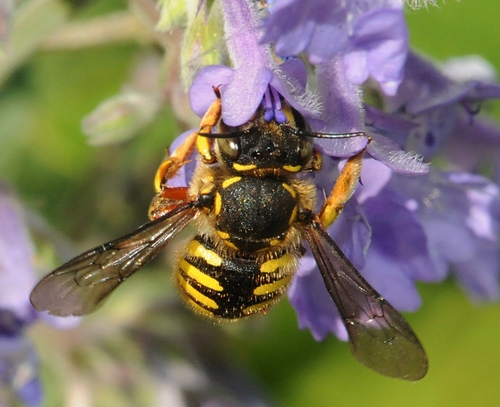
A recent survey commissioned by the California Academy of Science showed that nearly half of the nation's adults believe that dinosaurs and humans existed at the same time.
And entomology? Some college departments plan to change "entomology" to "insect science" because of the quizzical looks they receive at the very mention of "entomology."
"Ent-what?"
Enter Judy Scotchmoor (photo above). She's a national award-winning science educator who helps classroom teachers and others understand the nature and processes of science--and the societal value. She taught math and science to middle-school students for 25 years before joining the University of California Museum of Paleontology, Berkeley.
Scotchmoor, the museum's assistant director in charge of education and public outreach, will speak twice at UC Davis on Friday, Feb. 11. Both lectures are in 122 Briggs Hall, Kleiber Hall Drive.
Her first talk, from 12:15 to 1 p.m., is on “Shifting the Paradigm in Our Teaching: Proving Dobzhansky Correct.” She will cover results from an award-winning National Science Foundation (NSF)-initiative on teaching evolution.
Her second talk, from 3:30 to 5 p.m., is titled “How Science Works: Investigating the Real Process of Science.” She will offer reasons and methods for an innovative way of communicating the scientific process.
Scotchmoor's primary role at the museum is using paleontology and technology as vehicles for improving science education in the classroom.
The Bohart Museum of Entomology, part of the UC Davis Department of Entomology, plans to webcast the talks, said spokesperson Tabatha Yang (tabyang@ucdavis.edu).
If so, stay tuned on this site.
Meanwhile, the news stories that go viral, such as "the honey bee killer" with "five deadly stingers" leaving behind "a blood-stained battlefield," clearly show why we must tackle science illiteracy.
The "honey bee killer?" It's merely a pollinator, aka the European wool carder bee, which has existed for thousands of years with the honey bee in Europe and is now found throughout much of the United States. It was first detected in California (Sunnyvale) in 2007.
Attached Images:

European Wool Carder Bee